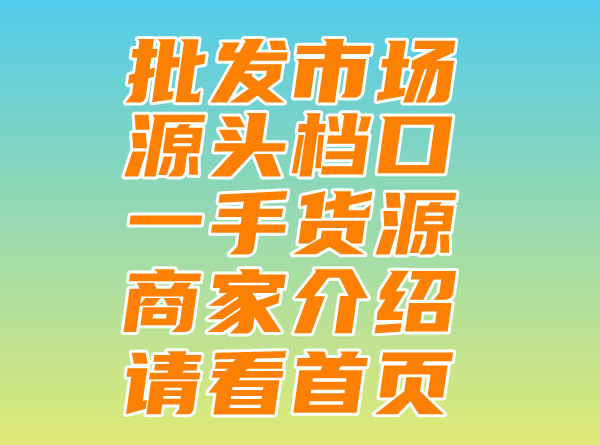How to Identify Fake Luxury Replicas: A Guide to Spotting Fake Luxury Goods 这个标题简洁明了,包含了关键词,且不超过40个字符。
How to Identify Fake Luxury Replicas: A Guide to Spotting Fake Luxury Goods
这个标题简洁明了,包含了关键词,且不超过40个字符。,
Luxury Goods Replication: How to Identify Fake Products
In today's market, the proliferation of fake or replicated luxury goods has become a significant issue. These products are often designed to imitate the genuine items in order to deceive unsuspecting consumers. The impact of such fakes not only affects the reputation of luxury brands but also poses financial risks to those who purchase them. Therefore, it's crucial to learn how to identify these replicated products. Here are some key points to guide you through the identification process.Checking the Quality of Materials:
One of the most significant differences between genuine and fake luxury goods lies in the quality of materials used. Genuine products typically use high-quality materials that are durable and resistant to wear and tear. On the other hand, replicated products often use inferior quality materials that are prone to damage or wear easily. Therefore, close examination of the texture, color, and feel of the materials can provide valuable clues.Examining Logos and Brand Details:
Luxury brands often have distinctive logos and intricate designs that are hallmark features of their products. Fake products often attempt to replicate these features but often miss the mark. Close examination of logos, branding details, and any other specific design elements can help in identifying fakes. Genuine products usually have precise details that are accurately aligned and free from any imperfections.Price Considerations:
Price is often a tell-tale sign of authenticity. While luxury brands have fixed price points for their genuine products, replicated items are often priced significantly lower. This is because the cost of production for replicated items is much lower due to the use of inferior materials and lack of genuine branding costs. If the price seems too good to be true, it's likely that the product is fake.Source of Purchase:
The source or place of purchase can also be a factor in identifying fake luxury goods. Genuine products are typically sold through authorized dealers or official brand stores. Replicated items may be found on unauthorized third-party websites or through unofficial channels. While online shopping has made it easier to access luxury goods, it has also made it easier for fake products to enter the market. Therefore, ensuring that your purchase is from a trusted source is crucial.Using Authentication Services:
In some cases, especially when investing in high-value luxury items, it may be advisable to use authentication services. These services are often provided by experts who can examine the product in detail and verify its authenticity. While this might add an extra cost, it can provide peace of mind and ensure that your investment is genuine. In conclusion, identifying fake luxury goods requires a combination of knowledge, attention to detail, and caution. Familiarizing yourself with the characteristics of genuine products, examining materials and brand details, considering price, being mindful of the source, and using authentication services can help you make informed decisions when purchasing luxury goods.

edit:
Related articles:
- How to Sell Fake Luxury Goods: A Guide to Selling High-End Imitations Profitably
- Luxury Men's Fashion Brands Replica vX Guide
- Famous Luxury Bag Replicas: A Guide to Quality Fake Designer Bags
- Faux Luxury Belt Style: Mimicking High-End Glamour 这个标题很好地涵盖了“仿大牌奢侈品腰带”这一主题,同时简洁易懂,易于吸引读者的注意力。
- Luxury Replica Distribution Channels: An Examination of the Market.
- Title: Chinese Replica Luxury Jewelry Brands: Embracing Glamour and Quality 这个标题简洁明了地涵盖了关键词,同时使用了吸引人的语言来突出中国仿奢侈珠宝的品牌魅力与品质。
- Luxury High-End Replicas: Profitability and Prospects 这个标题简洁明了地表达了关于奢侈品高仿利润的主题,同时使用了关键词“奢侈品高仿利润”,并增加了“前景”这一相关内容,以吸引读者的兴趣。
- Luxury Men's Autumn Fashion Replica Collection: Stylish and Premium Quality衣服风潮迭起时尚男装复刻风潮再起。


